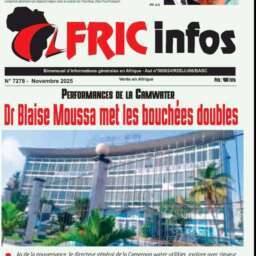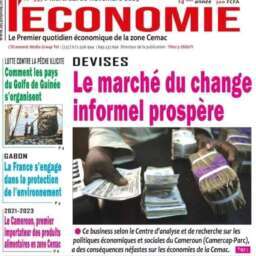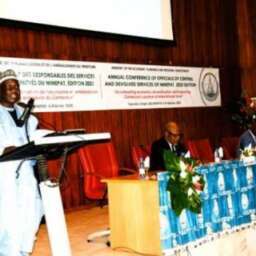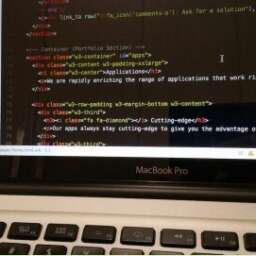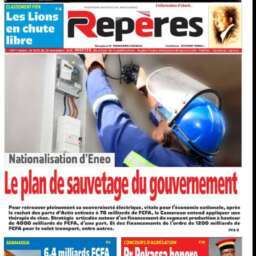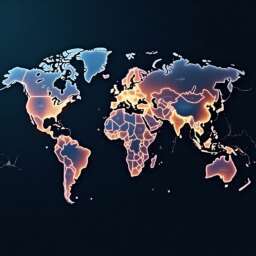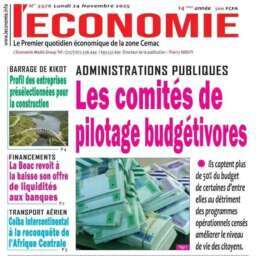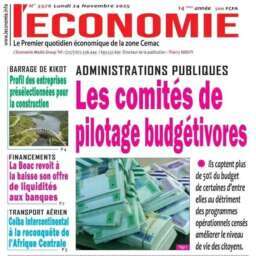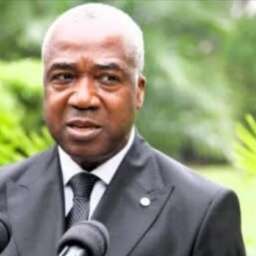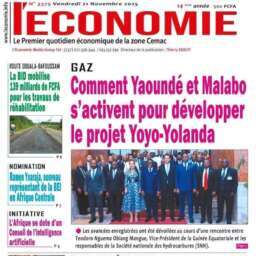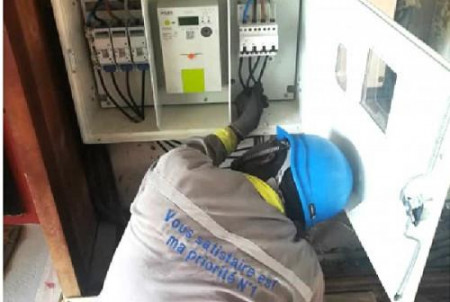(Business in Cameroon) – Eneo, Cameroon’s main power utility , is carrying out a free meter inspection campaign in the Douala region from October 16 to December 31, 2025. The campaign extends to the economic capital and nearby areas in the Moungo (Bekoko, Maleke, Souza, Dibombari), Nkam (PK30, PK45, Bonepoupa), and Sanaga-Maritime (Dibamba to Missole) departments.
According to regional management, the campaign targets all households, businesses, and small industries, around 622,600 low-voltage customers. Of these, nearly 400,000 use prepaid meters and over 220,000 are postpaid customers. Eneo teams, deployed through local branches, are checking and geolocating meters, updating customer data (contact details, activity, phone numbers), and inspecting installations. Agents must carry a badge, a company or partner ID card, and a work order that can be verified via QR code. Customers are informed in advance through Eneo’s official channels and are advised to verify team identities before allowing any work.
Initially a one-off effort, the campaign has now become part of an ongoing strategy to improve the accuracy of customer data and modernize management systems, particularly through geolocation. It aims to ensure regular data updates and better monitoring of on-site equipment.
The campaign is expected to reduce billing errors that often lead to disputes and improve transparency in customer relations. It will be carried out annually to correct discrepancies and align records with the actual number of installed meters. Eneo says its goal is to ensure reliable customer and meter data, thereby improving service quality through fairer billing.
The utility also aims to combat fraud, which it says causes a net loss of 60 billion XAF per year for the sector. The campaign follows a decision by the Electricity Sector Regulatory Agency (Arsel) a year earlier requiring tariff alignment. In 2022, the regulator found disparities between rates charged to prepaid and postpaid customers and ordered the prepaid rates to be aligned with the postpaid pricing structure in effect since 2012. Since November 2024, tariffs have been structured by consumption brackets, with prices varying according to consumption level.
Frédéric Nonos






